Clean biofuel production and phytoremediation solutions from contaminated lands worldwide
A global approach for recovery of arable land through improved phytoremediation coupled with advanced liquid biofuel production and climate friendly copper smelting process
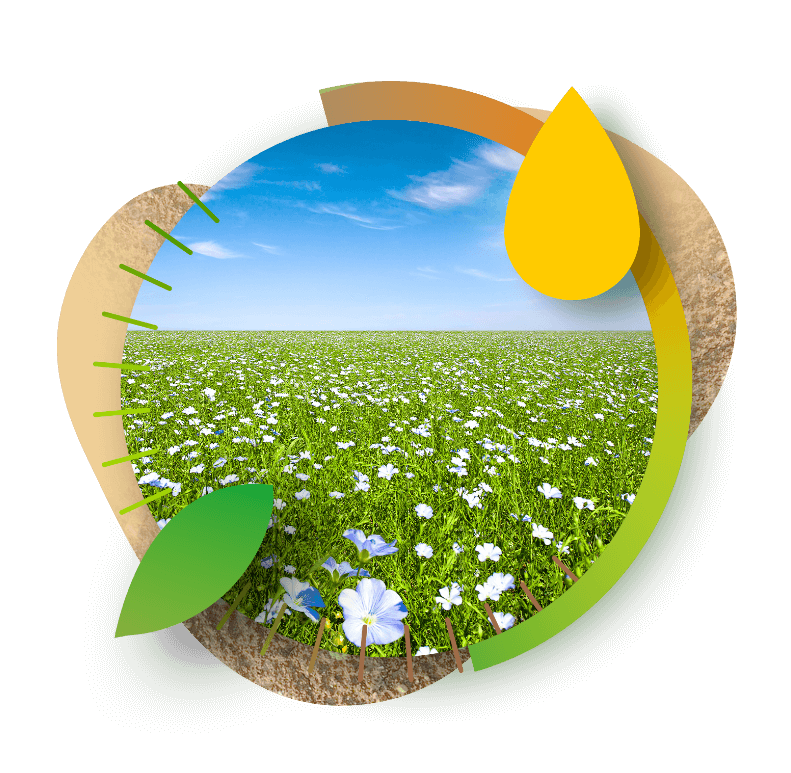
The overall objective of the H2020 Phy2Climate project is to build the bridge between the phytoremediation of contaminated sites with the production of clean drop-in biofuels.

These biofuels will present no Land Use Change risks
thus the phytoremediation will decontaminate lands from a vast variety of pollutants

Make the restored lands available for agriculture
while improving the overall sustainability, legal frame, and economics of the process

Phy2Climate contributes to global initiatives
the Mission Innovation Challenge 4 and 16 UN Sustainable Development Goals
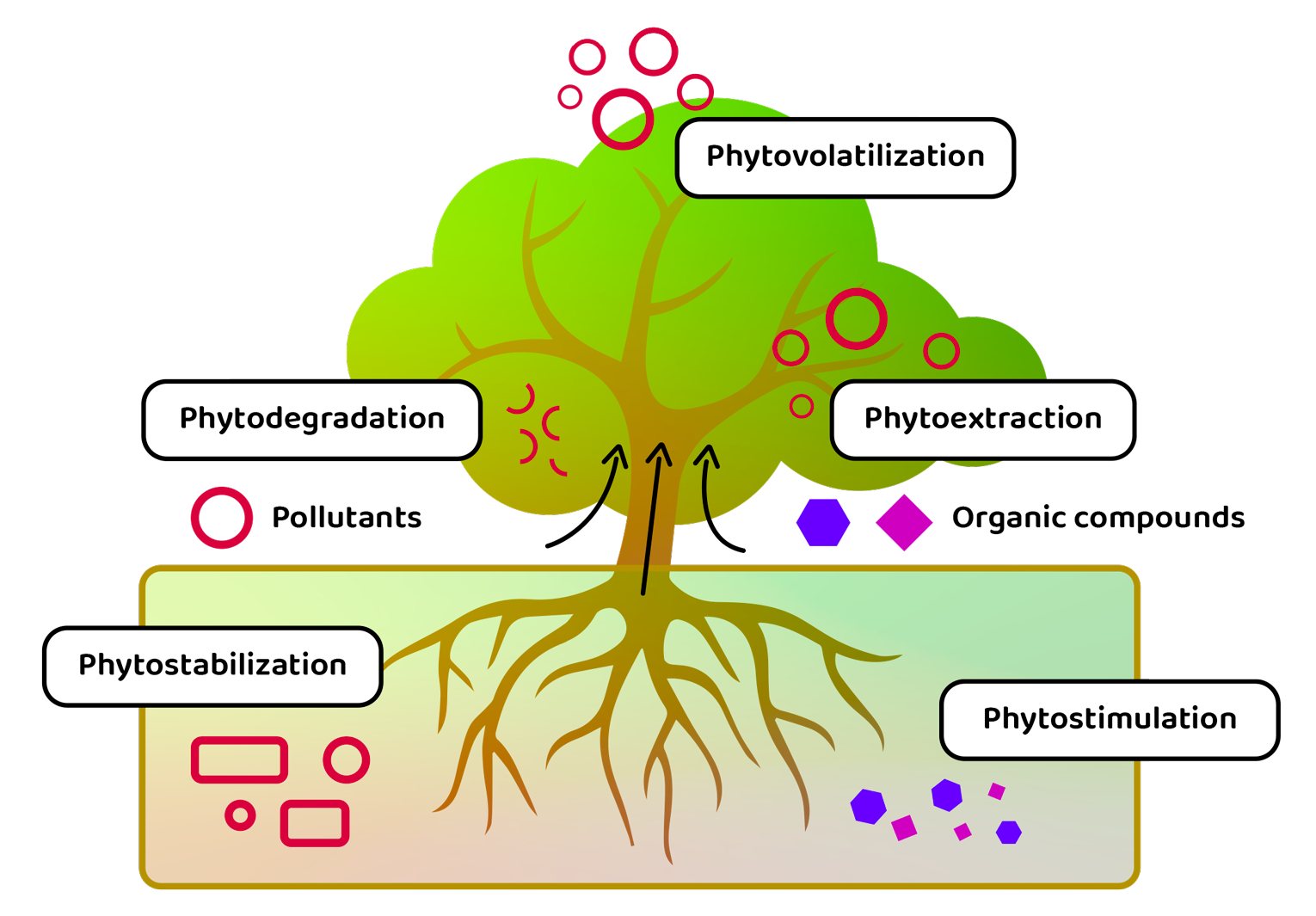
Phytoremediation
The method of phytoremediation consists of the use of plants and their associated microbes to stabilize, degrade, volatilize and extract soil pollutants.
Technology
The project is designed to bring the technological development on both phytoremediation and drop-in biofuel production to Technological Readiness Level (TRL) 5.
Products
The TCR® process, which acts as enabling technology in the biorefinery, produces bio-coke and the three intermediate products: TCR®-oil, TCR®-gas and TCR®-aqueous phase.
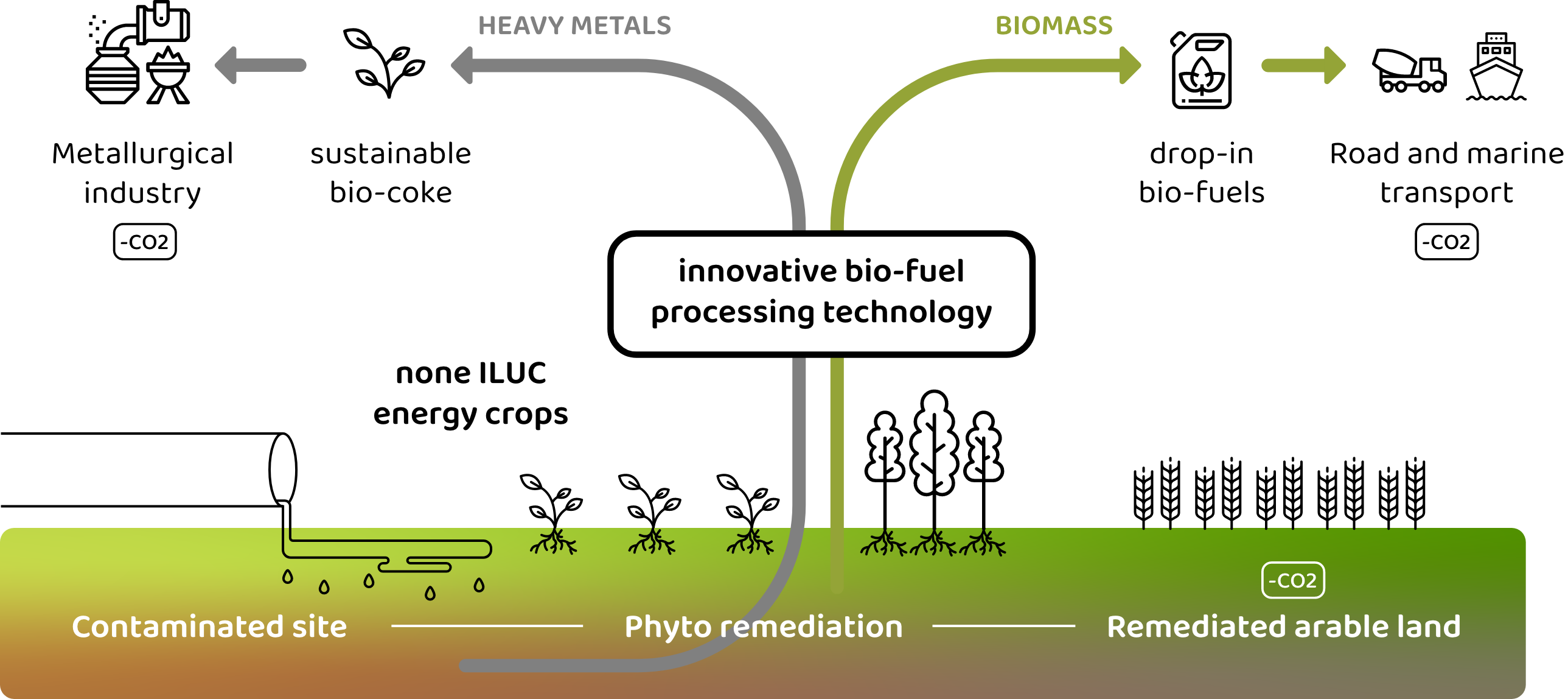
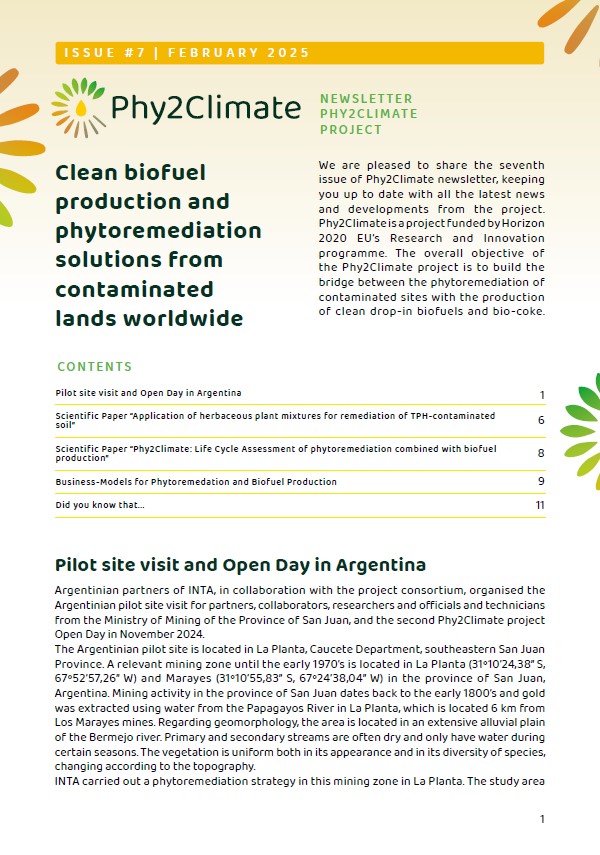
Phy2Climate Newsletter Issue #7
We are pleased to share the seventh issue of Phy2Climate newsletter, keeping you up to date with all the latest news and developments from the project.

